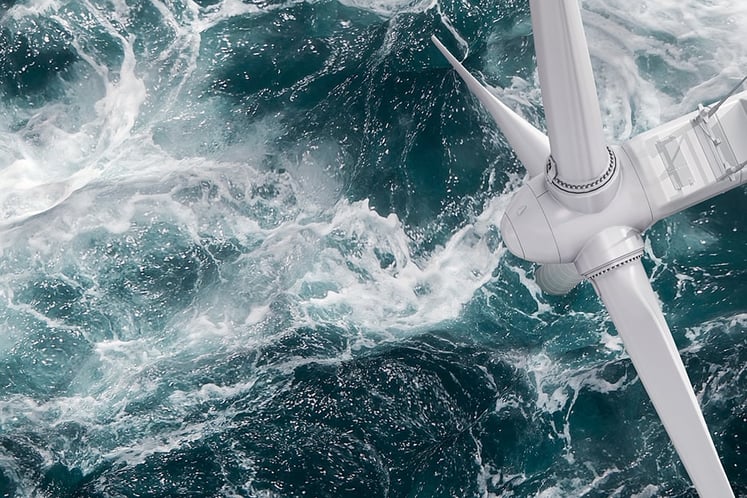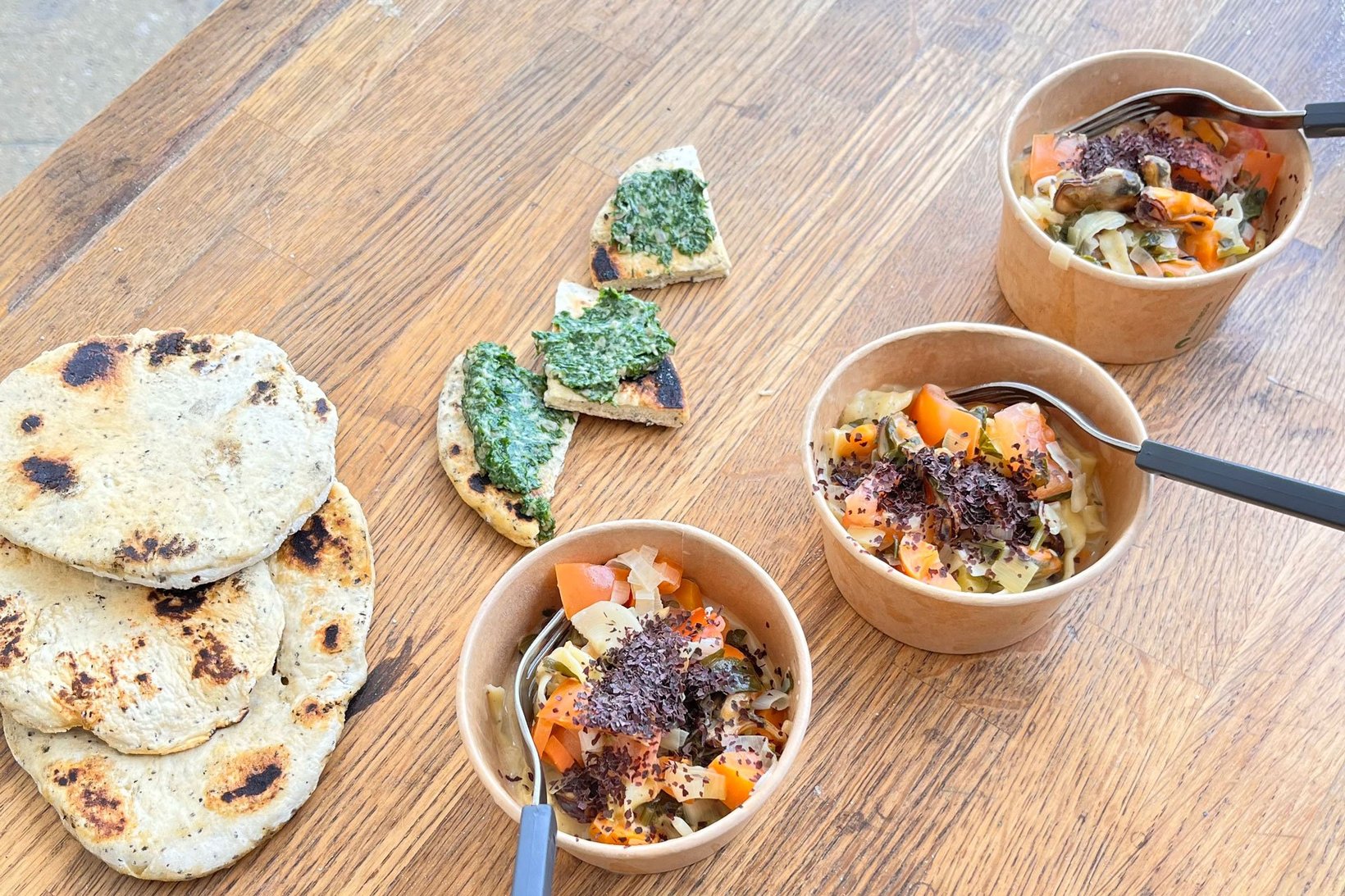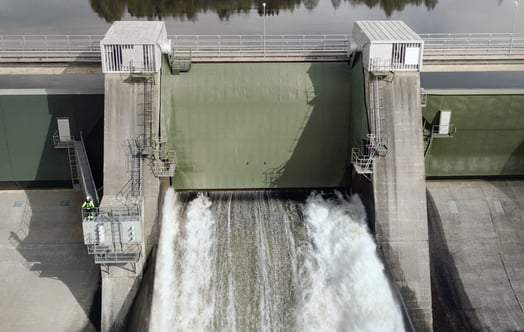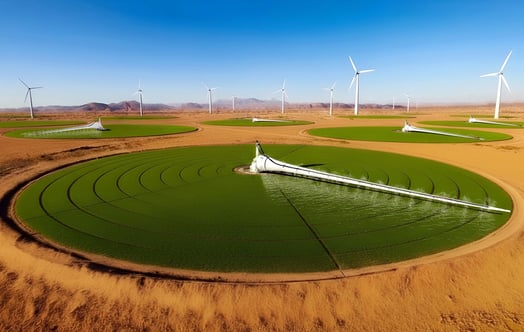Experimenting and playing with food harvested in the ocean is encouraged in the ocean cooking classes run at the Danish Kattegatcentret.
The WIN@sea project
WIN@sea is a pioneering collaborative research project between Aarhus University, the Danish Technological University, the University of Copenhagen, the seaweed and mussel producer Kerteminde Seafarm, the Kattegatcentret and the energy company Vattenfall
As part of the Win@sea project, edible seaweed is cultivated on lines inside the perimeter of Vattenfall’s offshore windfarm Danish Kriegers Flak. The cooking classes run by the Kattegatcentret have an important role in preparing the next generation to embrace aquaculture in European waters as a source of sustainable food.
Ocean Cooking Classes for Families” at the Kattegatcentre in Grenaa

“When Kattegatcentret, an aquarium in Denmark, invites families to cooking classes, it is not only okay to play with the food, it’s actually part of the plan”, says Lone Thybo Mouritsen, Head of Research and Fundraising in Kattegatcentret. “Research tells us that when children are actively involved in cooking and encouraged to experiment and play with the ingredients in the kitchen, they are much more inclined to taste and eat the prepared food. That is important to avoid pickiness, not least when new kinds of food are introduced“.
In the cultivation site of the WIN@sea project located in Vattenfall’s Kriegers Flak offshore wind farm in the Baltic Sea, blue mussels and various seaweed species like the green algae sea lettuce, the red algae dulse, and the brown algae sugar kelp are cultivated on long lines between the wind turbines. Both mussels and seaweed are known as healthy, sustainable foods and also as regenerative crops taking up nutrients from the water, and in that way functioning as a sort of on-site biofilter cleaning the seawater.
Growing food like mussels and seaweed between the wind turbines at sea is therefore a very good idea both from an environmental and health perspective, but it will only make a real difference on a larger scale, if consumers start eating mussels and seaweed as part of their everyday meals - and that is exactly what the ocean cooking classes at the Kattegatcentret are all about.

All the tricks in the book are used at the cooking classes in order to turn what is often perceived as yucky strange looking stuff from the ocean into a yummy dinner: The food is prepared over an open bonfire, experimenting and playing with the ingredients are encouraged, and special kitchen equipment like pasta machines and tortilla presses are used - and the meal may even be eaten with a mussel shell.
The recipes are simple and easy to try at home. The dishes are well-known classics like pasta and tortillas, and they can be prepared both outside over open fire using special equipment or at home in the kitchen using an ordinary stove and a rolling pin. Do try this at home!
Four easy dishes to start your adventure into ocean food
Homemade tortillas with dulse
- 225 g flour
- 75 g corn flour
- 1 tablespoon dried and granulated dulse (can be bought and may also be replaced with other dried seaweed species)
- 1 tsp salt
- ½ teaspoon baking powder
- 1 tablespoon oil
- 200 millilitres lukewarm water
Combine all dry ingredients in a bowl. Add water a little at the time and knead it until a smooth dough forms. Let it rest for 10-15 minutes.
Divide the dough into 8-12 portions.
Roll each portion into a thin tortilla – or for much more fun use a tortilla press.
Bake the tortillas on a pan either in the kitchen or – preferably – outside over an open fire.
Pesto with sea lettuce
- 200 g fresh sea lettuce (collect in clean water, easy to identify, make sure it is fresh – not smelly)
- 1 clove of garlic
- 60 g sunflower seeds, roasted
- 25 g parmesan cheese, grated – or use yeast flakes for a vegan version
- 100 millilitres of oil
- Salt, optional
Blend all ingredients into a pesto, taste and add salt if needed. Store in an airtight container in the fridge.
Homemade pasta with dulse
- 2 eggs
- 200 g flour, preferably tipo 00
- 1 tablespoons dried and granulated dulse
Make a well in the middle of the flour, add eggs and gradually incorporate them into the flour. Add dried dulse flakes and knead the dough until soft and smooth.
Let the dough rest, covered and in the fridge, for 30 minutes or more.
When ready to make the pasta, divide the dough into four portions and use a pasta machine to roll it into gradually thinner pasta sheets. Follow your pasta machine instructions.
Cut into preferred shape, cook for a few minutes and enjoy.
Blue mussel pasta sauce
- 1 kilo fresh blue mussels
- 3 tomatoes, chopped
- 2 tablespoons oil
- 2 cloves of garlic, chopped
- 200 milliliter white wine
- 100 millilitres water
- 100 millilitres cream
- Chili flakes, optional
- Lemon juice
- 1 large carrot, chopped
- ½ leek, chopped
- Parsley, chopped
- Salt and pepper
- Dulse, dried and granulated
Clean the mussels, if necessary, and check if they are alive. They must be closed or close if tapped against the tabletop. Discard any open mussels that do not close when tapped.
Bring wine and water to boil in a large saucepan. Add mussels, put on a lid and steam the mussels for 4-5 minutes. Now the mussels should be open. Discard any mussels that have not opened.
Transfer mussels and liquids to a bowl.
Heat the oil in the saucepan, add vegetables, stir and cook for a few minutes. Add the liquid from the mussels, cream, chili and a squeeze of lemon juice and bring to a boil.
Add the pasta to the sauce, stir gently and leave for 5 minutes. Add extra water if needed.
Add mussels and parsley, season to taste with salt, pepper and lemon juice.
Serve with a sprinkle of dried dulse flakes.

Subscribe to the newsletter THE EDIT
THE EDIT is Vattenfall's new monthly newsletter. Each issue highlights a new burning issue from the world of sustainable energy and fossil freedom.




